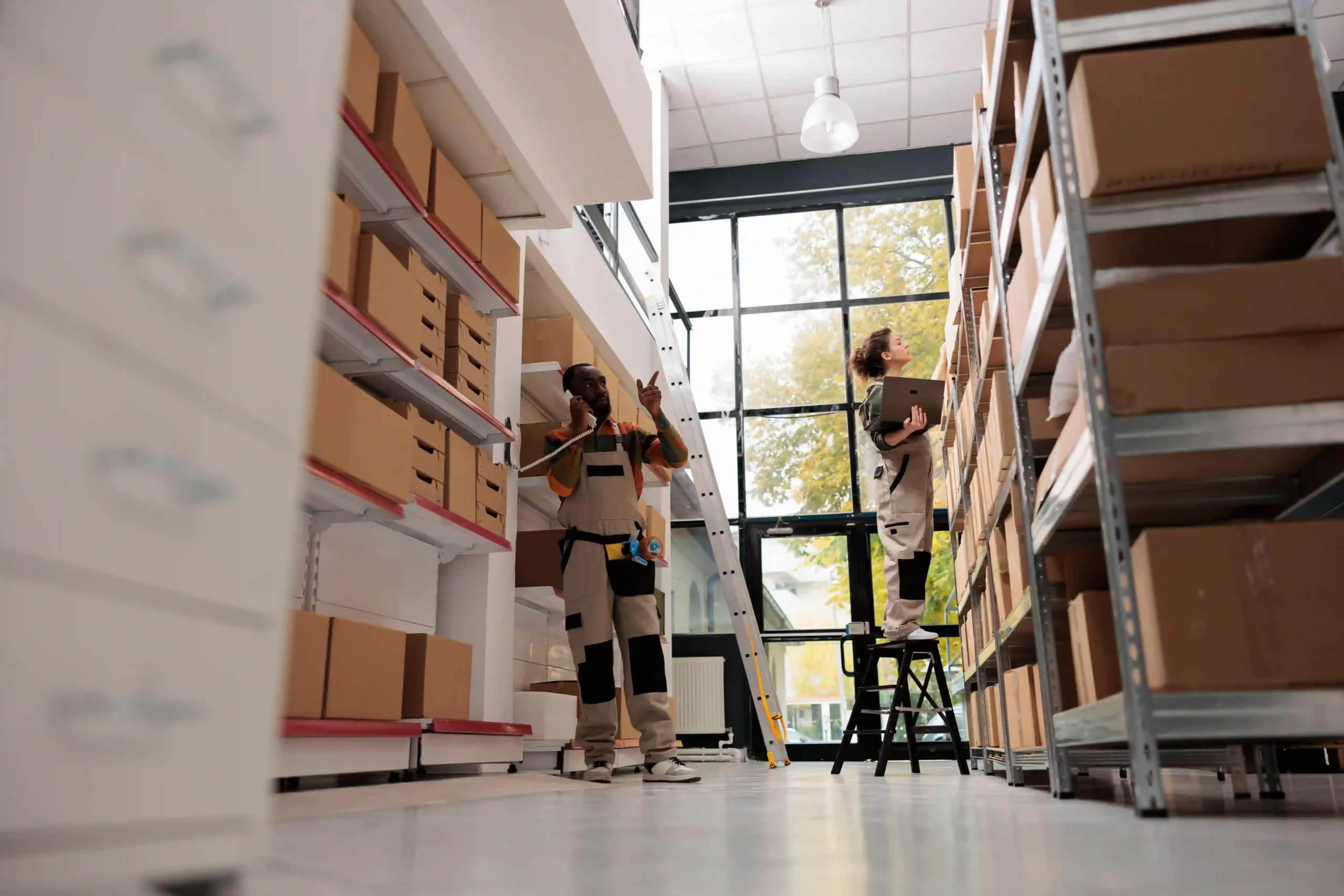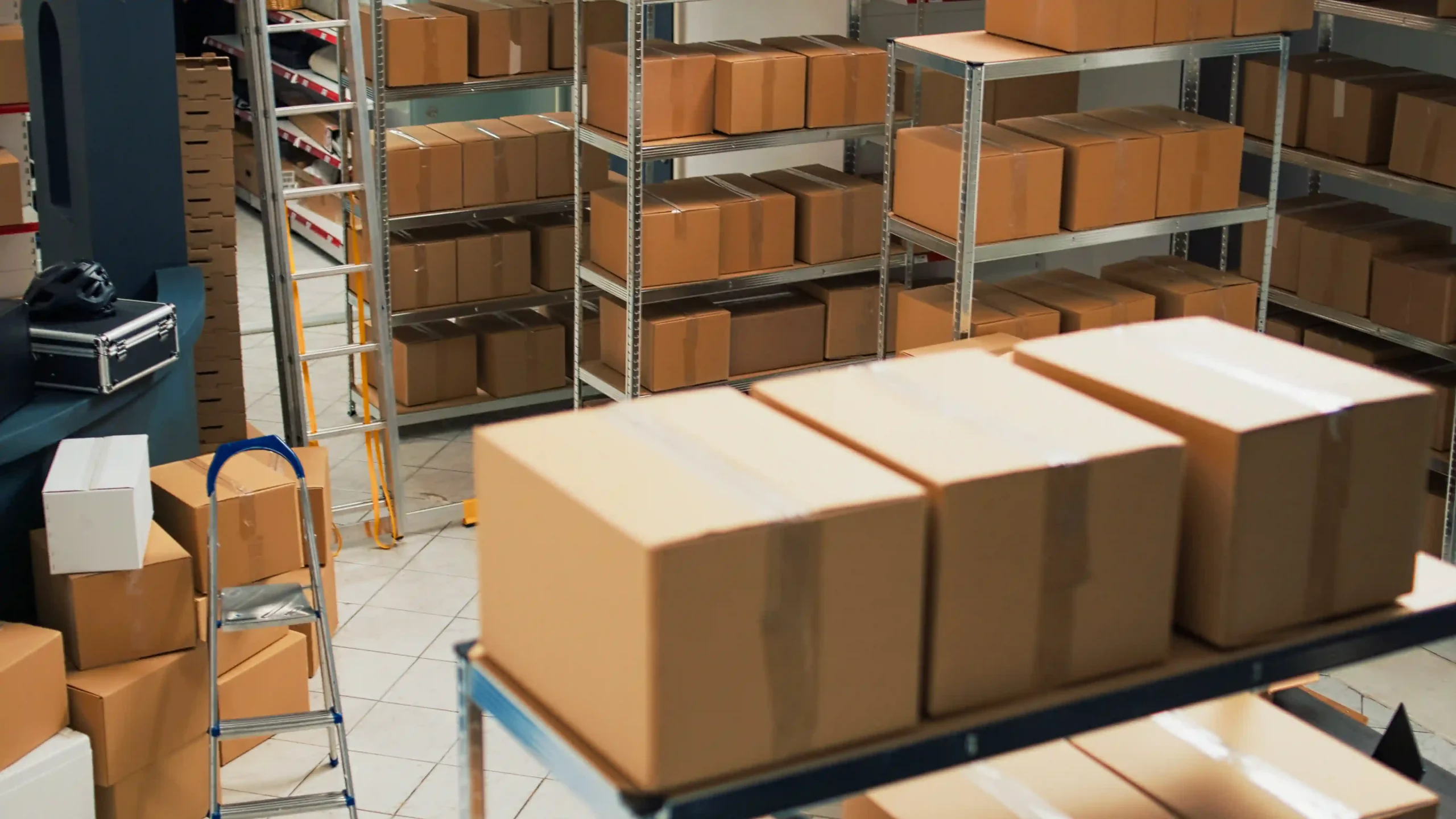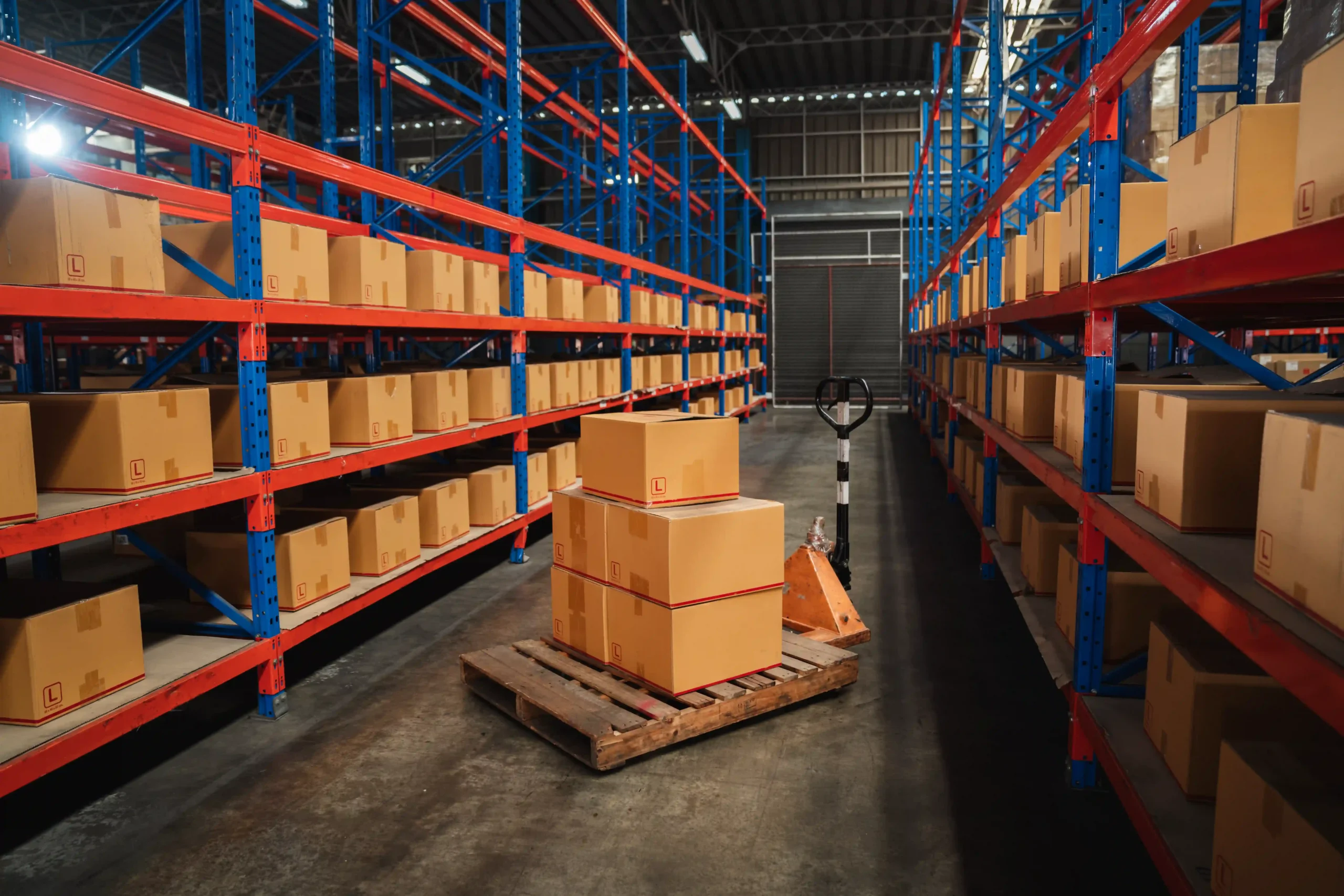In simple terms, small warehouse storage solutions are methods, systems, or technologies designed to help businesses maximize storage efficiency within compact warehouse spaces. These aren’t one-size-fits-all tools—they’re tailored strategies that combine layout design, equipment choice, automation, and smart organization to help you do more with less.
At Tri-Link FTZ, we’ve spent over 35 years in third-party logistics, and we’ve seen firsthand how quickly a small warehouse can become overwhelmed without the right system in place. Whether you’re managing e-commerce inventory, spare parts, or seasonal items, choosing the right storage solution can make or break your operations.

If there’s one tactic I recommend to every small warehouse client, it’s optimizing vertical space. We once worked with a distributor in Queens who thought they’d outgrown their space—until we showed them how to go up instead of out.
One of the best small warehouse storage solutions involves implementing multi-tier racking or vertical lift modules (VLMs). These systems take advantage of the often-underutilized ceiling height, turning wasted airspace into high-density storage.
In a facility with 16-foot ceilings, installing mezzanines and high-bay racking effectively doubled the usable storage. Paired with safety-access equipment like rolling ladders or lift-assist technology, vertical storage not only saves space but also enhances safety.
Vertical optimization also means reorganizing your most frequently picked items to waist-to-chest level and keeping your slow movers higher up. This reduces strain on workers and accelerates picking speeds—a win-win. Read more here.
I’ve worked with every racking system on the market, and when it comes to small warehouses, choosing the right one can mean the difference between chaos and control. Here’s what works best based on what we’ve installed in over a hundred compact warehouse setups:
The best part? Many of these systems can be modular or expandable, making them ideal small warehouse storage solutions that grow with your business.
I’ve had clients hesitate at the upfront cost of mobile shelving or modular systems—until they run the math. One of our clients in New Jersey installed modular shelving units with mobile bases and saved enough space to postpone a $120,000 move into a larger facility.
Sure, the initial investment might be a few thousand more than basic shelving. But the return on investment is often seen in:
So yes, mobile and modular systems are absolutely worth it for most businesses running a compact warehouse—especially when they’re paired with tech like barcode scanning or WMS integration.

Warehouse layout isn’t just about fitting in as many racks as possible. It’s about designing a space that flows.
When I visit a small warehouse that feels chaotic, nine times out of ten, it’s the layout causing friction. I always tell our clients—design your layout like it’s a workflow diagram, not just a floor plan.
The best layout starts with a space audit. Measure your usable floor and ceiling space, but also factor in how people and equipment move through it.
Then create logical zones: receiving, storage, picking, packing, and outbound. Each one should feed into the next with minimal backtracking.
One of the most effective small warehouse storage solutions we’ve used is a U-shaped layout. It’s perfect for fast-moving e-commerce or distribution hubs because it supports a clean input/output loop.
If your warehouse has odd dimensions, an L-shaped layout might make more sense, keeping your critical zones within reach without overlap. I also recommend investing in flexible workstations and rolling carts.
They’re not just space-savers—they adapt to your workflow in real-time. If you’re picking and packing hundreds of orders a day in a 2,000 sq ft space, flexibility becomes your biggest asset. Read more here.
You might think automation is only for massive distribution centers, but that’s a myth I love busting. We’ve helped small warehouses automate without breaking their budget, and the impact is always bigger than expected.
The simplest step is integrating a warehouse management system (WMS). It doesn’t need to be a six-figure SAP setup.
Even cloud-based WMS tools give you real-time visibility into stock levels, picking accuracy, and restocking needs. If you’re ready to go a step further, consider automated storage and retrieval systems (ASRS) like vertical lift modules.
We’ve installed compact ASRS units in warehouses under 1,500 sq ft that increased picking speed by 200%. These systems also reduce picking errors, which directly impacts customer satisfaction and repeat business.
Even if you’re not ready for robotics, small upgrades like barcode scanners, RFID readers, and LED picking aids can eliminate human error and improve throughput. The future of small warehouse storage solutions is not just about saving space—it’s about saving time, labor, and reputation.
Not every improvement requires a five-figure investment. I’ve worked with dozens of small business owners who just needed smart, affordable fixes.
And let me tell you—creativity and planning often outperform cash. One of my favorite solutions is stackable plastic bins with labeled dividers.
These can turn a single rack into a multi-tier inventory system. Combine that with adjustable shelving, and suddenly your $800 rack is performing like a $3,000 modular unit.
Repurposed vertical wall space is another winner. We’ve helped clients install slat walls, pegboards, and even over-door shelving to capture unused zones.
If you’re tight on budget but need to expand, build a prefabricated mezzanine. It’s a weekend job and costs a fraction of moving facilities.
We also suggest repurposing rolling carts as mobile pick stations or pack stations. These reduce footsteps (and backaches), especially in tight aisles where movement space is at a premium.
Lastly, don’t sleep on the value of used shelving and racking equipment. You can often find commercial-grade materials at liquidation prices through auction sites or local dealers.

This is a question I get at least once a week: “Should I just rent a bigger warehouse?” And my answer is always the same: Let’s crunch the numbers first.
There’s no doubt that a bigger space gives you breathing room—but it also comes with more rent, utilities, insurance, and overhead. Before jumping to expansion, I ask clients to do a full utilization review: how much of your current space is actually optimized?
If you’re using less than 75% of your vertical space, or if your SKUs aren’t organized by frequency, or your picking process involves zigzagging around the floor—you probably haven’t hit the ceiling of your current space, figuratively or literally.
However, if you’ve already optimized layout, implemented high-density shelving, used mobile racks, and still can’t scale—then yes, it might be time to expand. In those cases, we often recommend a hybrid strategy: outsource long-term storage to an FTZ or 3PL partner (like Tri-Link FTZ), and keep fast-moving items on-site.
This blended model lets you grow without taking on the full burden of expansion.
Even experienced warehouse operators make small mistakes that snowball into major problems. Over the years, I’ve noticed a few repeat offenders that small warehouse operators should avoid.
First, don’t overfill aisles. It’s tempting to use every inch of space, but blocked walkways lead to slowdowns and safety hazards.
We’ve seen operations grind to a halt because one forklift can’t get through. Second, many businesses store their fast-moving items in hard-to-reach places.
You want your team grabbing those hot-sellers from chest height, not from a ladder or crouched position. Third, some warehouses underestimate vertical space.
They install waist-height shelving and call it a day. That’s like leaving money on the table.
Go vertical whenever you can. Fourth, many small warehouses fail to plan for growth.
They invest in static systems that don’t scale, so when SKUs increase or demand spikes, everything bottlenecks. Lastly, skipping tech integration is a killer.
Even a basic barcode system can prevent mispicks, reduce returns, and give you better data to manage your inventory smarter. Avoiding these mistakes won’t just make your warehouse more efficient—it will make it a better place to work and scale.
At Tri-Link FTZ, we’ve helped small warehouses all over the U.S. find their stride. Whether you’re operating in a few thousand square feet or trying to delay expansion by getting smarter with your current layout, the truth is: small warehouse storage solutions aren’t about size—they’re about strategy.
From vertical lifts and smart shelving to mobile racks and lean layout planning, there’s no shortage of creative, cost-effective ways to store more, work faster, and scale smarter. As someone who’s spent over three decades in logistics, I’ve learned that the smallest spaces often bring out the biggest innovations.
If you’re ready to take your storage strategy to the next level, our team at Tri-Link FTZ is here to help. Whether you need a consultation, layout redesign, or a full storage overhaul, we’ll bring the experience, insight, and solutions to move your business forward.
Share this article
We have other resources available upon request as well as one-on-one support and personalized answers, just like our services.
Simply contact us anytime and we’ll get back to you to answer your questions and provide meaningful answers that show you how Tri-Link supports your logistics, reduces costs, and accelerates efficiency.
Tri-Link delivers exceptional FTZ and 3PL services tailored to your global trade needs.
Our solutions combine innovation, quality, and efficiency to exceed your expectations and meet your specific requirements.